
The Church of the Savior in the village of Chanashi, Svaneti, is one of the most beautiful places in Georgia. The church was built in the 10th century.
The uniqueness of the Church of the Savior, located in the Svaneti village of Chanashi lies in the architectural solutions of the building, as well as in the fact that it contains: the oldest icons and crosses, a silver icon of the Savior of the 11th century. The walls of the church are decorated with frescoes of the 12th century.
Don't know what to see in Georgia? If you love beautiful nature and amazing stone architecture, then you will definitely be interested in visiting the Church of the Savior in Svaneti.
The Church of the Savior is located in a historic region in northwestern Georgia in Svaneti, in the village of Chanashi. This area is located in the south of the Greater Caucasus Range, which complements its landscape not only with gentle green slopes, but also deep gorges and snow-capped mountain peaks. If you want to see the most beautiful places in Georgia, you will definitely love it here.
Architecture
The church building is an example of medieval architecture of Georgia of the X century. The building is made of oil shale, the mountain rock of these places. The sights of Georgia are always attracted by its architecture, which blends into the mountain landscape and becomes part of it.
The plan of the construction of this church hall is a square, which turns into a rounded stone aspid with a high half-dome on top, illuminated from the carved window in its wall. The vault of the cathedral is divided into two parts by arches passing into stone pilasters. The main building has a late period annex whose wall has an entrance arched door. The western part of the building is also decorated with an arch.
There is a second window on the west side that provides even natural light to the centrally located three-arch iconostasis and the high stone refectory painted with authentic ornaments. In this cathedral there are the most ancient icons and crosses, one of the relics of this temple complex is a silver icon of the Savior, dating back to the XI century.
The mural painting of the church's interior was made in the XVII century. Fragments of frescoes and ornaments cover the annex, the surface at the entrance doors to the hall. There are also traces of frescos of that time on the upper part of the northern facade. The southern facade is decorated with stone arches. The church used to be plastered, but now only the north and west facades of the building have plaster.
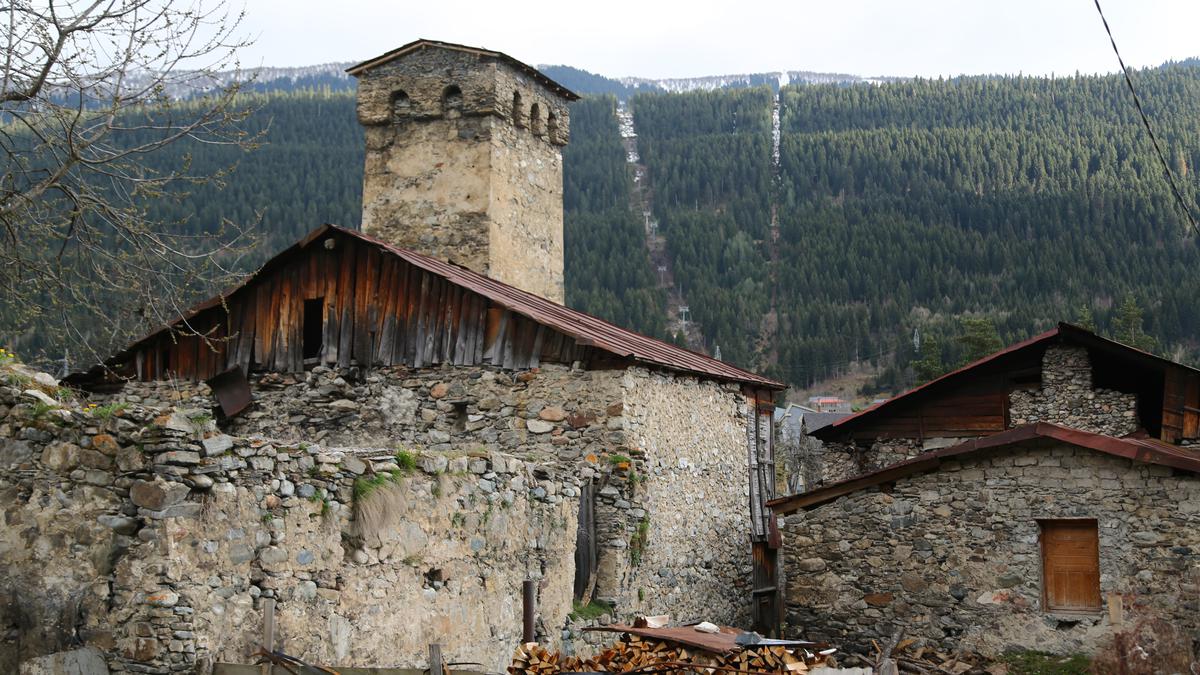
See all the sights of Georgia
-
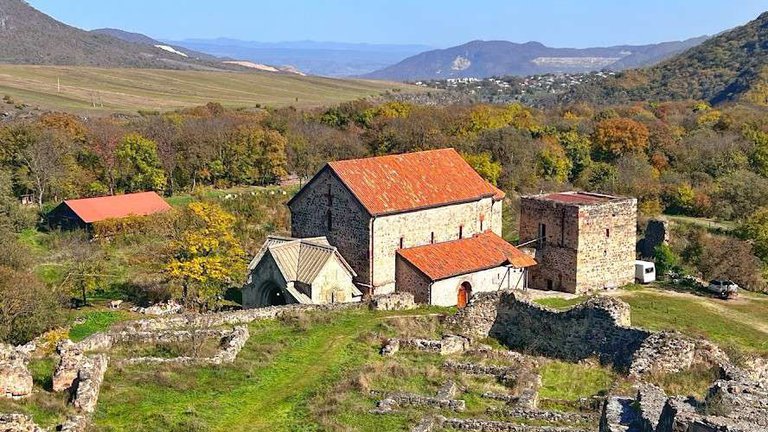
🏰 Dmanisi Sioni: An architectural wonder and an important religious center of Georgia 🌍
Sights of GeorgiaThe Dmanisi Cathedral of the Mother of God is one of the oldest churches in Georgia, buil…
-

🔮 Church of the Ascension in Ozaani: History, frescoes and architectural features of one of the most interesting sights of Georgia!
Sights of GeorgiaVisit the unique church in Ozaani! Find out how to get there, what to take with you, wher…
-

Besletsky Bridge in Abkhazia: Legends, Secrets and How to Get to This Ancient Miracle
Sights of GeorgiaHow to get to the Besletsky Bridge in Abkhazia? Where to spend the night, what to take wi…
-
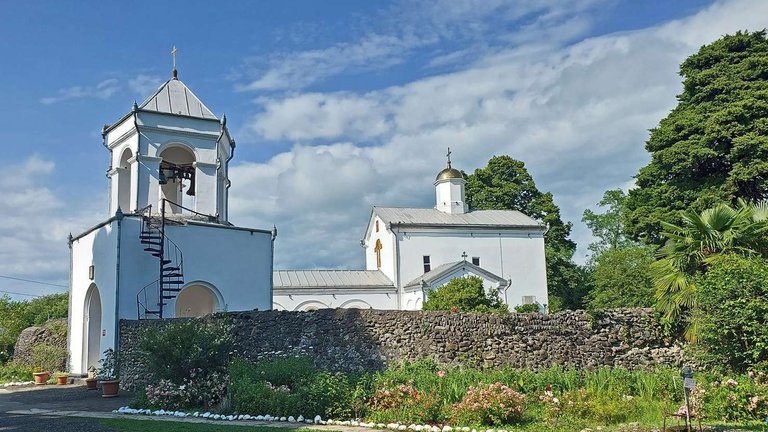
Ilori Temple in Abkhazia: Tragedy of Restoration, Disappeared Relics and Secrets Shrouded in Darkness
Sights of GeorgiaFind out everything about the Ilori Temple in Abkhazia: how to get there from different c…
-
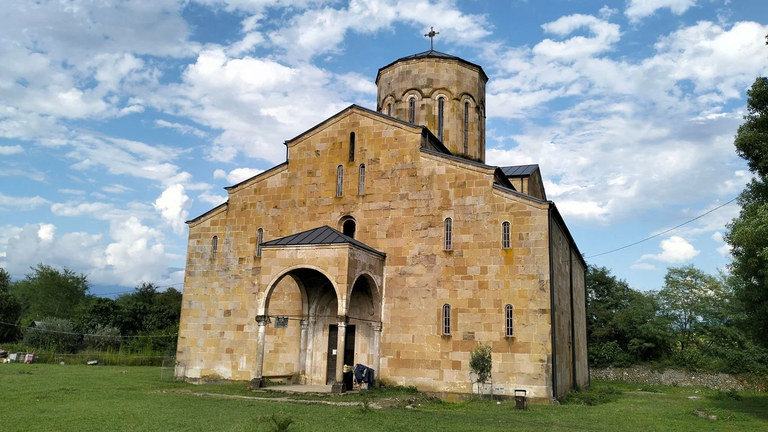
A place that defies restoration: why is the Mokva Cathedral in Abkhazia called cursed and sacred at the same time?
Sights of GeorgiaPlanning a trip to Abkhazia? Don't miss the Mokva Cathedral, one of the most ancient chur…
-
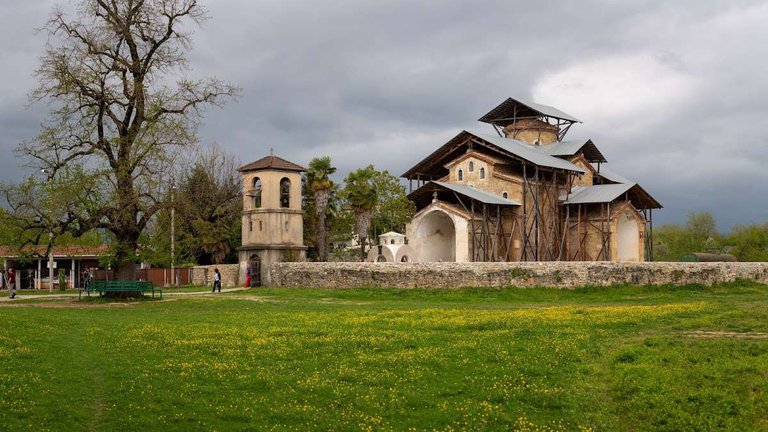
The Lykhny Church of the Dormition of the Blessed Virgin Mary is a 10th century mystery that is worth revealing!
Sights of GeorgiaFind out how to get to the temple, what to see nearby, where to eat and stay, and what sp…
-

Dranda Cathedral of the Dormition of the Blessed Virgin Mary - Find out what one of the oldest temples in Abkhazia hides
Sights of GeorgiaFind out what the Dranda Cathedral in Abkhazia hides behind it! 🌍 Discover the mysterious…
-
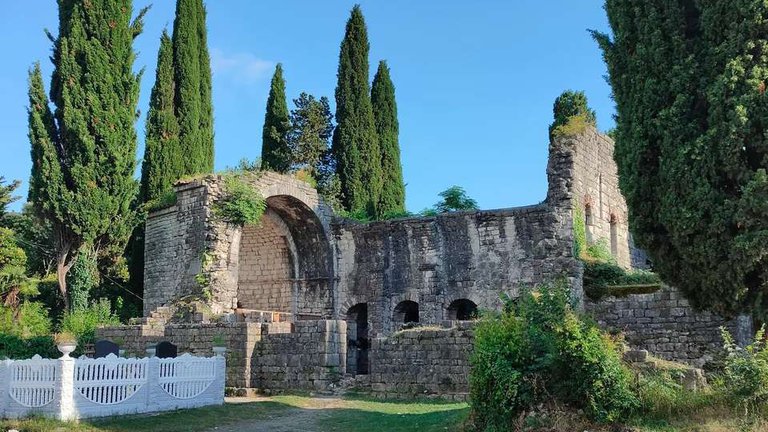
Tsandripsh Basilica: a unique Byzantine temple in Abkhazia that you must see!
Sights of GeorgiaThe Tsandrypsh Basilica is one of the most mysterious and unique sights of Abkhazia. Lear…












27 comments
Log in to leave a comment